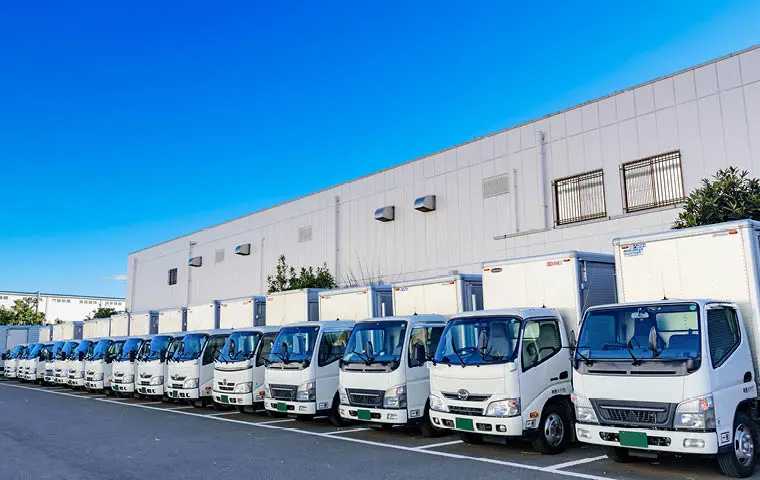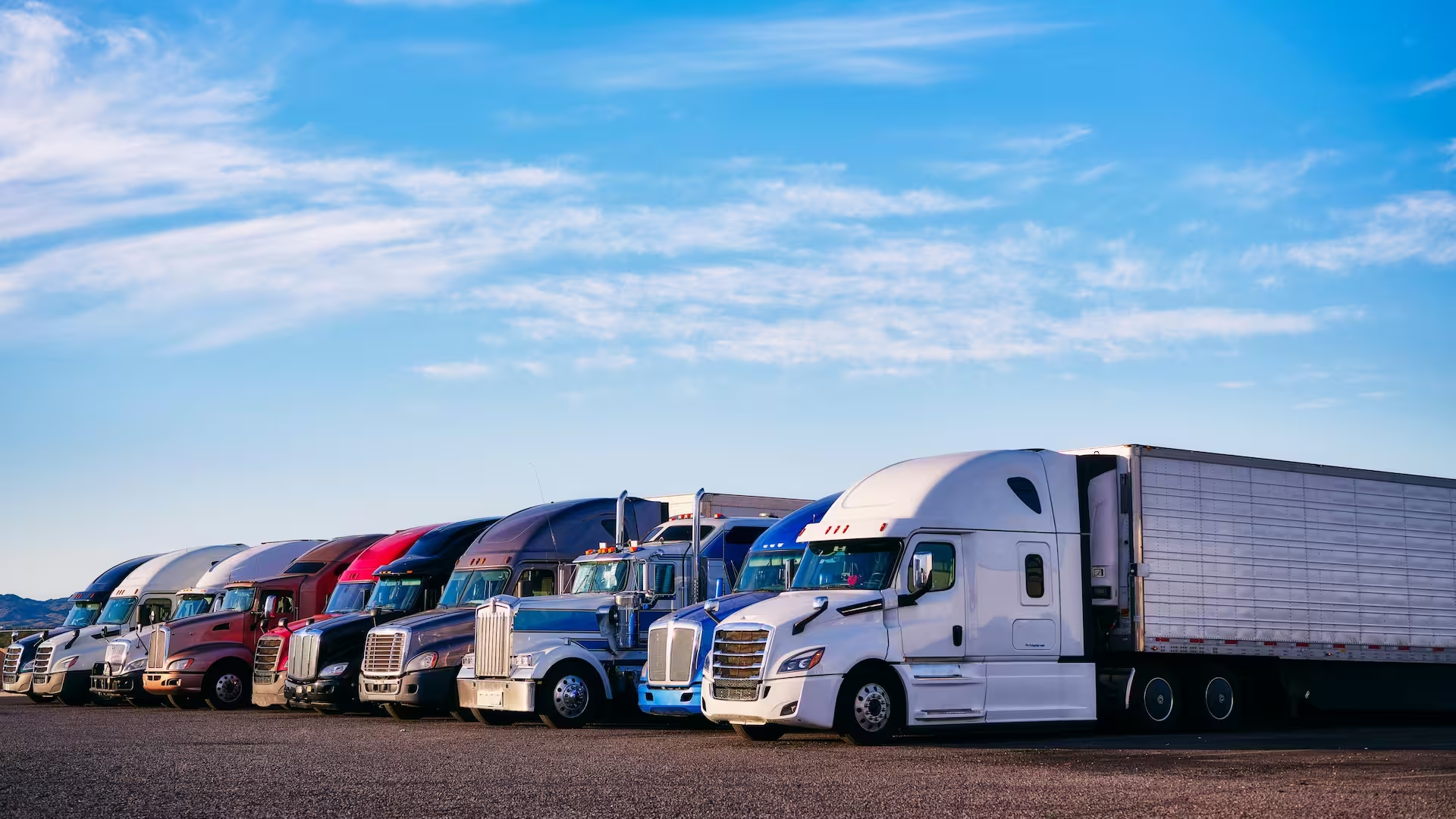Any device for keeping driver logs that complies with FMCSA part 395.15, whether it’s an ELD, EOBR or EDL qualifies to be called an AOBRD (Automatic On-board Recording Device). As long as it accurately records the driver’s duty status information, whether it does so by electromechanical, electric or electronic means, it can still be called an AOBRD. As a matter of fact, the term “AOBRD for HOS Compliance” is used by the FMCSA to refer to the technology that complies with its regulation.
So while you shouldn’t be surprised to occasionally still hear that term, you should know that the current devices do much more. What the old AOBRD devices did was to record the miles driven, the date and time, vehicle speed and the engine use. AOBRDs are now giving away to the more versatile ELDs (Electronic Logging Devices) and all drivers who have to maintain RODS (Record of Duty Status) should switch to them by December this year.
Are ELDs much different?
ELDs are the next generation in fleet tracking technology and have a wider range of functionality for fleet management. They capture more vehicle data including total engine hours, vehicle motion, vehicle speed, vehicle location, total miles driven and engine power status. ELDs automatically record RODS data when the engine is switched on or off, and every 60 seconds when the vehicle is being driven. They also record personal use and movements within the yard. They transfer their data automatically to a system used by fleet or safety managers to track and report data.
Another area in which ELDs are sophisticated when compared with AOBRDs is self-diagnostics. ELDs identify and issue alerts in the event of a malfunction.
Starting Dec.18, 2017, ELDs, as defined in FMCSA 395.20 regulations, are mandatory. If you already have an AOBRD in place before that, you have until December 2019 to switch to an EDL.
What’s the business impact of this?
ELDs have more features that strengthen operational efficiency and help meet deadlines. This translates into a more reliable transportation service for your customers because they now receive accurate and up-to-the-minute information on all current deliveries.
ELDs minimize the scope for errors such as picking a prohibited route or making a wrong detour. This saves hours and sometimes even days, and averts penalties. Route planning takes into account the weight and category of the load, vehicle size, and information to steer clear around special zones.
How to Select an ELD Vendor
It is useful to realize that both technology and regulations evolve over time, and to be forward-looking while picking an ELD solution. Not only should it comply with the latest regulations, the solution you install should be capable of future upgrades to stay compliant when newer safety regulations are introduced as per SAE standard J2728, which the National Transportation Safety Board has been pushing for over a number of years.
Base your choice of an ideal provider on the criteria of the technology’s FMCSA compliance, the quality of customer support, and the vendor’s competitive pricing. You’ll want to inquire into any hidden costs (attributed to training or installation etc.) at the outset so that you can ascertain the actual cost of the ELD solution.
A smooth transition to the ELD mandate will make a welcome difference in your fleet operations.









